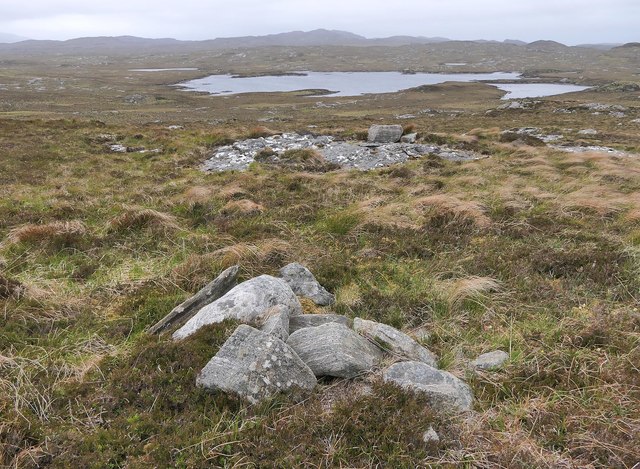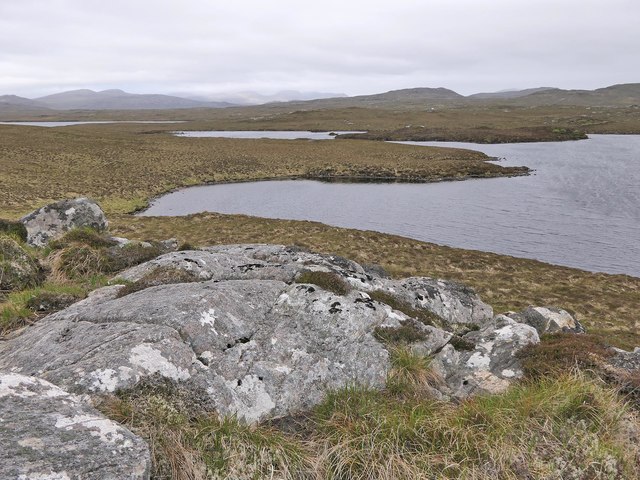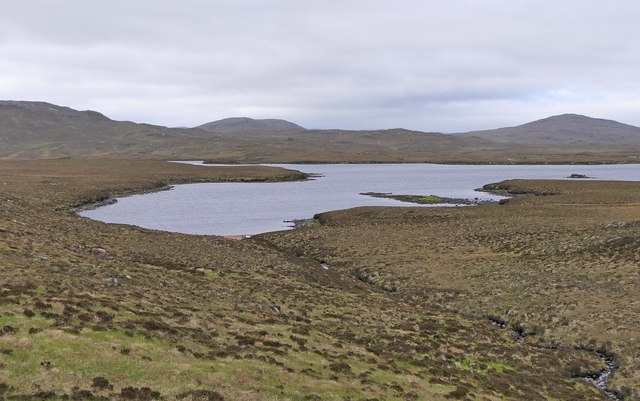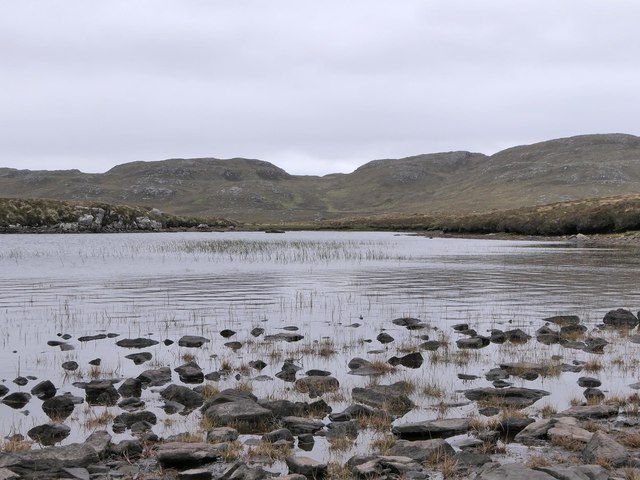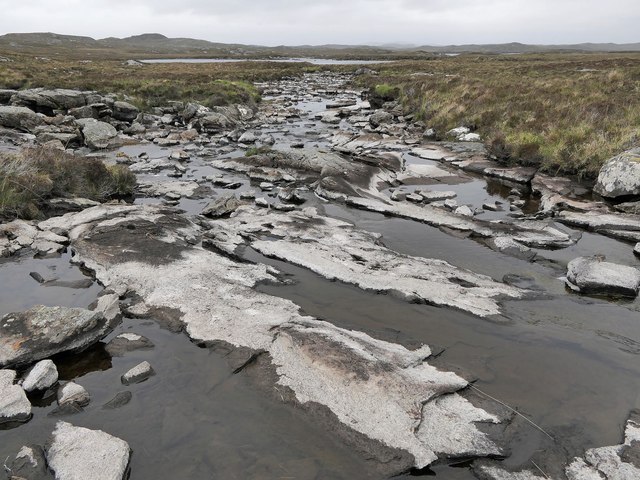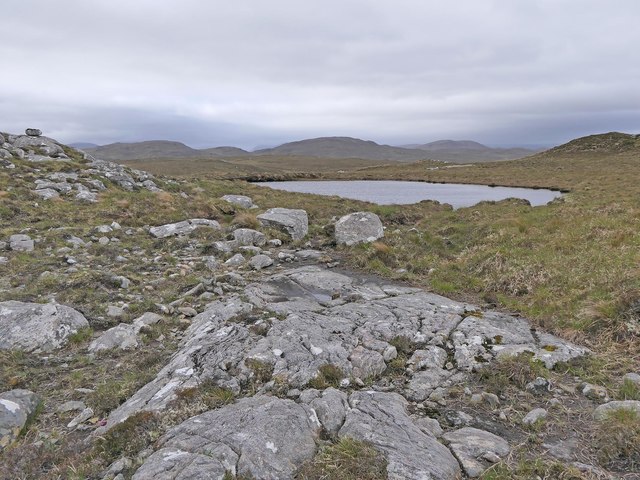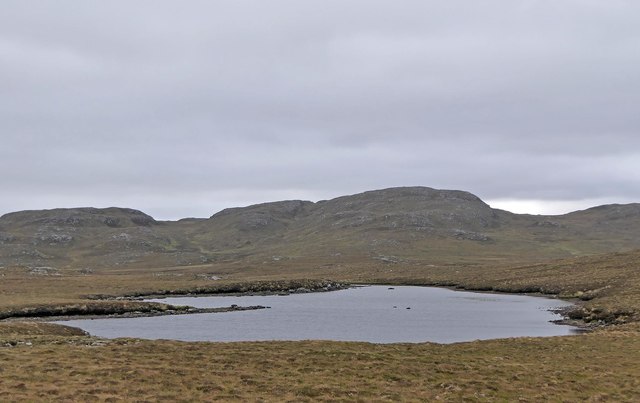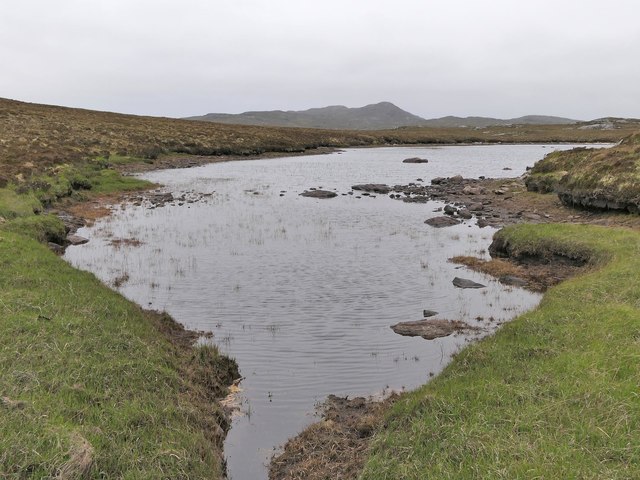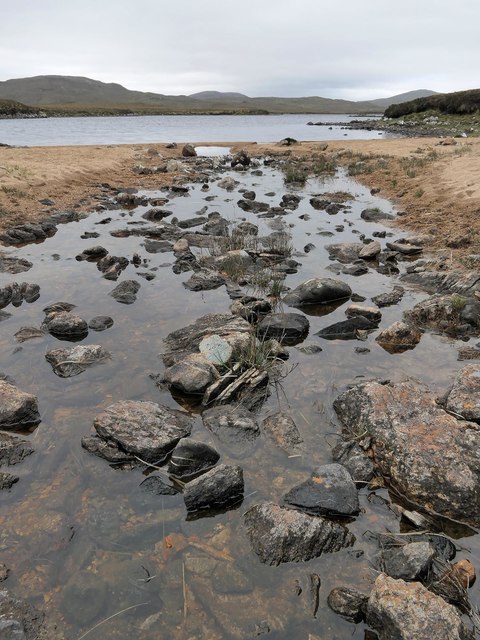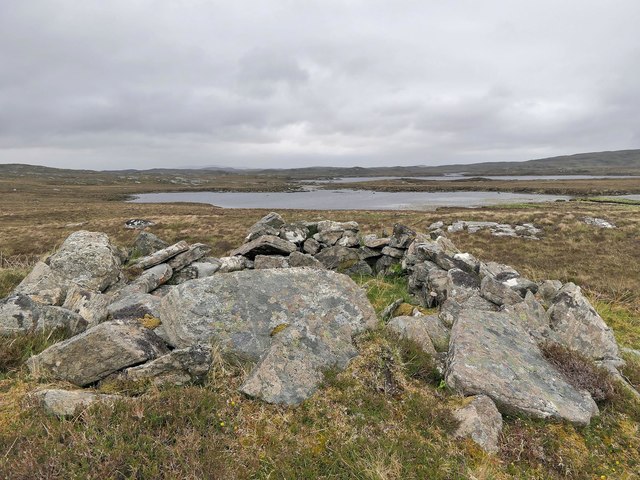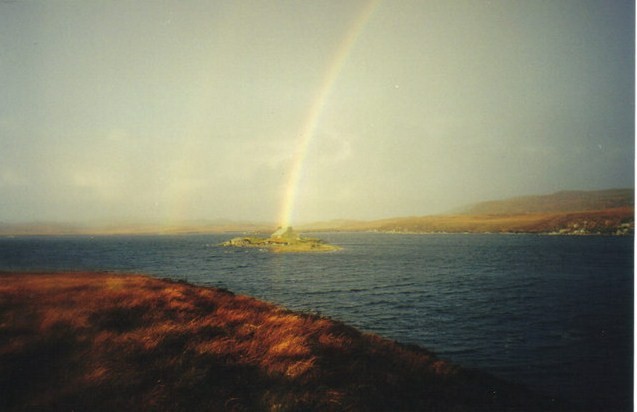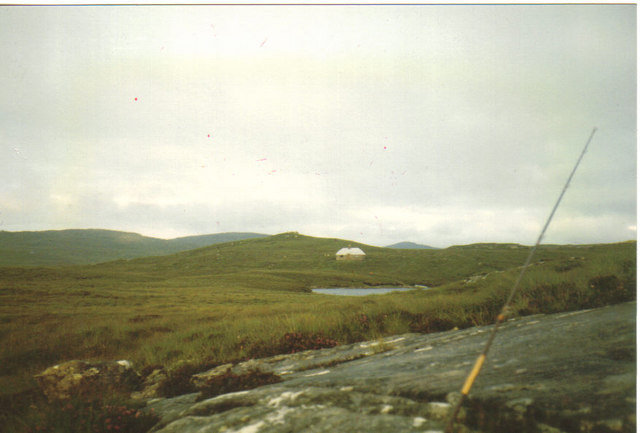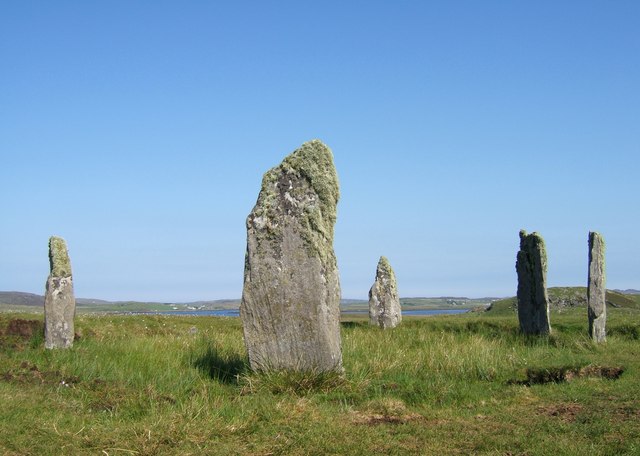Loch a' Chinn a Deas
Lake, Pool, Pond, Freshwater Marsh in Ross-shire
Scotland
Loch a' Chinn a Deas
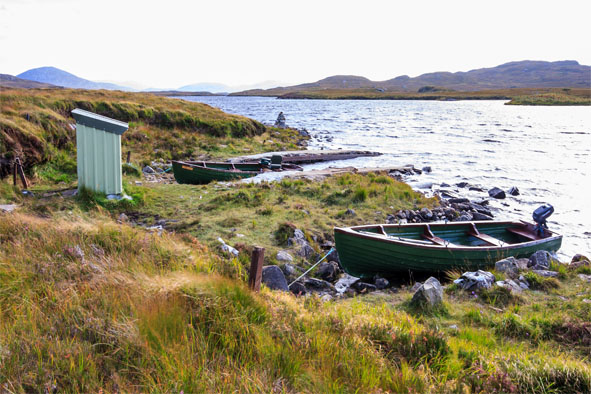
Loch a' Chinn a Deas, located in Ross-shire, Scotland, is a picturesque freshwater loch nestled within the stunning Highland landscape. Also known as Loch a' Chinn a Deas or South Loch Kinellan, it covers an area of approximately 40 hectares and is surrounded by lush vegetation and rolling hills.
The loch is fed by several small streams that meander through the surrounding hills, providing a constant supply of fresh water. Its calm and tranquil waters make it an ideal habitat for a diverse range of plant and animal species. The surrounding area is abundant in reeds and rushes, creating a thriving freshwater marsh ecosystem.
The loch's water is crystal clear and supports a variety of aquatic life, including various species of fish such as brown trout and perch. Its shores are teeming with a rich array of birdlife, making it a popular spot for birdwatching enthusiasts. Visitors can often spot elegant waterfowl such as mallards, tufted ducks, and great crested grebes, among others.
Loch a' Chinn a Deas is a haven for nature lovers and outdoor enthusiasts, offering opportunities for fishing, boating, and wildlife observation. Its serene atmosphere and breathtaking surroundings also make it a popular destination for photographers and those seeking a peaceful retreat from the hustle and bustle of everyday life.
Accessible via a nearby road, Loch a' Chinn a Deas provides a tranquil escape into nature, allowing visitors to immerse themselves in the beauty of the Scottish Highlands while enjoying the diverse flora and fauna that call this stunning freshwater loch home.
If you have any feedback on the listing, please let us know in the comments section below.
Loch a' Chinn a Deas Images
Images are sourced within 2km of 58.132602/-6.7580605 or Grid Reference NB2025. Thanks to Geograph Open Source API. All images are credited.
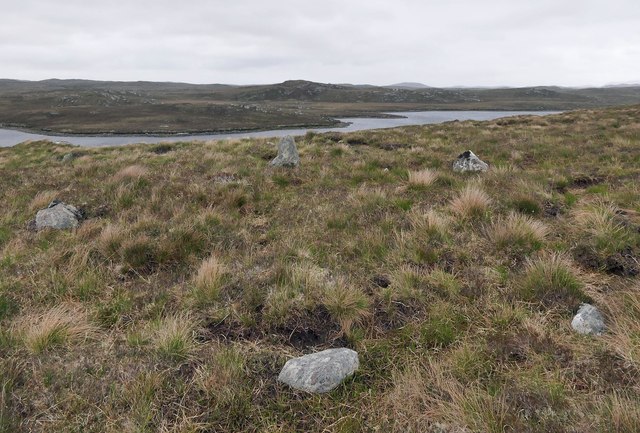
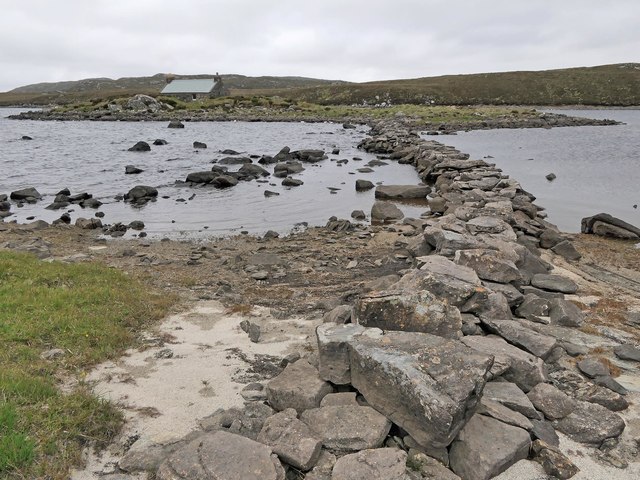
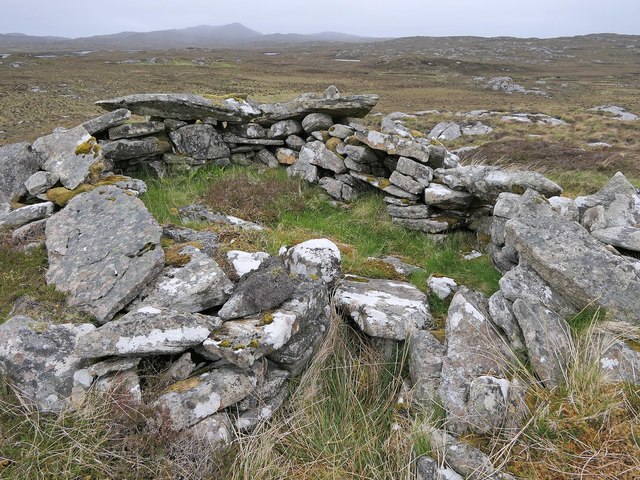
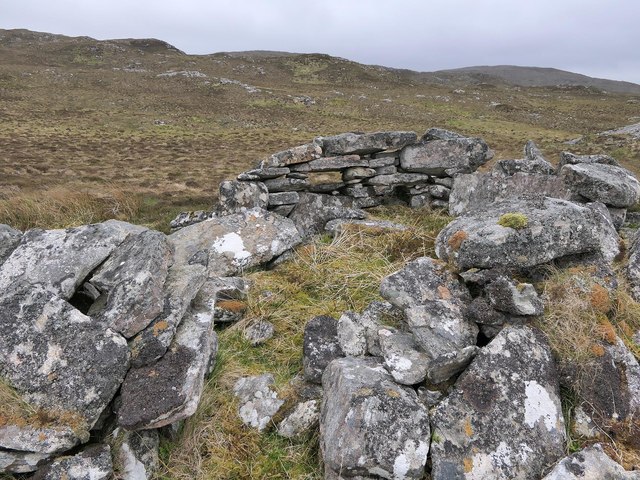
Loch a' Chinn a Deas is located at Grid Ref: NB2025 (Lat: 58.132602, Lng: -6.7580605)
Unitary Authority: Na h-Eileanan an Iar
Police Authority: Highlands and Islands
What 3 Words
///packet.ditching.mount. Near Leurbost, Na h-Eileanan Siar
Related Wikis
Eilean Mòr, Loch Langavat
Eilean Mòr is an island in Loch Langavat on the Isle of Lewis in the Outer Hebrides of Scotland. == Footnotes ==
Callanish IV
The Callanish IV stone circle (Scottish Gaelic: Ceann Hulavig) is one of many megalithic structures around the better-known (and larger) Calanais I on...
Garynahine
Garynahine (Scottish Gaelic: Gearraidh na h-aibhne) is a settlement on Lewis, in the Outer Hebrides, Scotland. Garynahine is situated at a T-junction where...
Garynahine Estate
Garynahine Estate (Scottish Gaelic: Gearraidh na h-aibhne) in Garynahine, a village on the Isle of Lewis, Outer Hebrides was owned by Sir James Matheson...
Have you been to Loch a' Chinn a Deas?
Leave your review of Loch a' Chinn a Deas below (or comments, questions and feedback).
